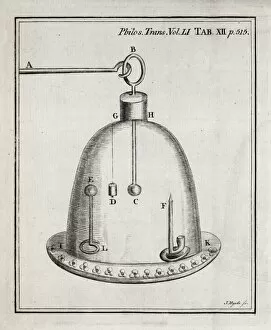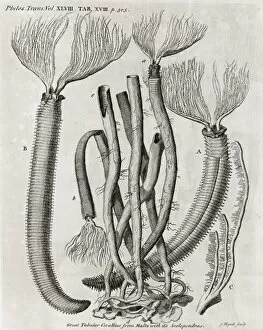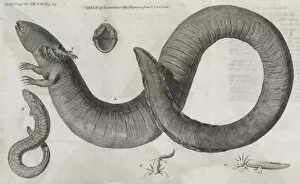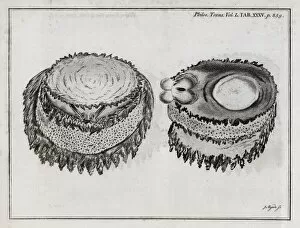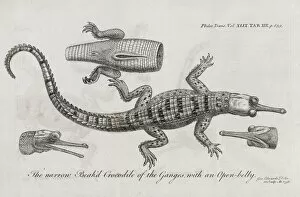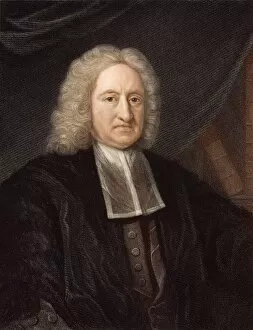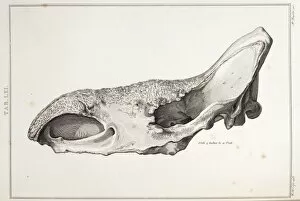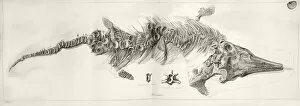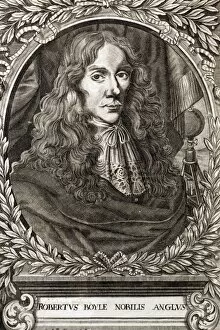Royal Society Collection (page 9)
"The Royal Society: A Journey Through Time and Discovery" Step into the fascinating world of the Royal Society
All Professionally Made to Order for Quick Shipping
"The Royal Society: A Journey Through Time and Discovery" Step into the fascinating world of the Royal Society, where scientific exploration and artistic marvels intertwine. From the mesmerizing Krakatoa sunsets that painted the skies in vibrant hues to the intricate 1883 artworks capturing their ethereal beauty, this society has witnessed wonders beyond imagination. In 1775, Captain James Cook embarked on his legendary voyage as an explorer under the auspices of the Royal Society. His discoveries opened new horizons for mankind and expanded our understanding of distant lands. Benjamin Franklin, a renowned scientist in his own right, became a member of this prestigious society in 1778. His experiments with electricity revolutionized science and paved the way for countless technological advancements we enjoy today. Even snowflakes were not immune to scrutiny by these curious minds during the 18th century. Meticulous research unraveled their delicate structures, revealing nature's artistry at its finest. Mathematical series flourished within these hallowed halls during that same era. Brilliant minds delved into complex equations and formulas that shaped modern mathematics as we know it today. The iconic engraving depicting The Royal Society stands as a testament to centuries of innovation and collaboration among brilliant individuals striving for knowledge. Their collective efforts have propelled humanity forward through leaps in various fields. Not only did this esteemed society endorse lens-grinders in the 1600s but also recognized Richard Kirwan's contributions through an enchanting engraving. These endorsements fostered scientific progress while honoring those who dedicated themselves to advancing human understanding. Medical breakthroughs were no stranger to The Royal Society either; kidney stone research took center stage during the 18th century. Pioneering studies shed light on treatments that alleviated suffering and improved lives around the world. 1698 saw William Dampier join The Royal Society—an intriguing blend of pirate naturalist—a true embodiment of adventure combined with scientific curiosity.



